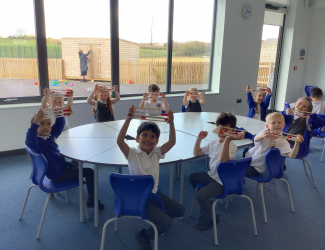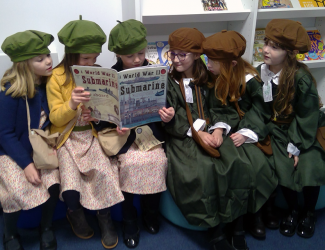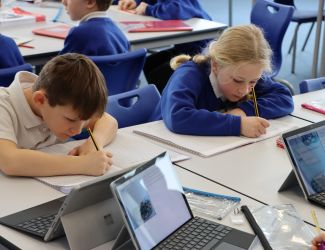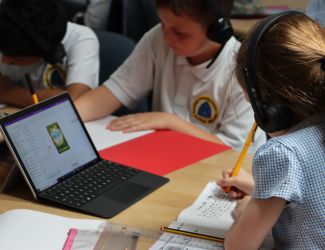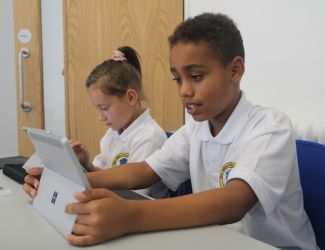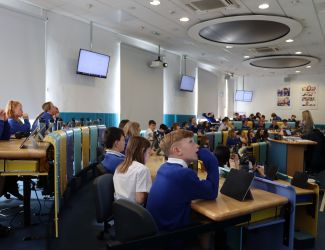Year 2 Science Curriculum
A wide variety of practical investigations enable pupils to explore scientific content to their maximum potential. Opportunities to work independently and as part of a group help to develop a deeper understanding of the different sciences.
Knowledge
Chemistry – Everyday Materials
- Identify and compare the suitability of a variety of everyday materials, including wood, metal, plastic, glass, brick, rock, paper and cardboard for particular uses.
- Find out how the shapes of solid objects made from some materials can be changed by squashing, bending, twisting and stretching.
Biology – Plants
- Observe and describe how seeds and bulbs grow into mature plants find out and describe how plants need water, light and a suitable temperature to grow and stay healthy.
- Find out and describe how plants need water, light and a suitable temperature to grow and stay healthy.
- Find out about animals, including humans
- Notice that animals, including humans, have offspring which grow into adults
- Find out about and describe the basic needs of animals, including humans, for survival (water, food, air)
- Describe the importance for humans of exercise, eating the right amounts of different types of food and hy-giene
Biology – Living Things and Their Habitats
- Explore and compare the differences between things that are living, dead, and things that have never been alive.
- Identify that most living things live in habitats to which they are suited
- Describe how different habitats provide for the basic needs of different kinds of animals and plants and how they depend on each other
- Identify and name a variety of plants and animals in their habitats, including micro-habitats
- Describe how animals obtain their food from plants and other animals, using the idea of a simple food chain, and identify and name different
Biology – Animals Including Humans
- Describe the importance for humans of exercise, eating the right amounts of different types of food and hygiene.
- Notice that animals, including humans, have offspring which grow into adults find out about and describe the basic needs of animals, including humans, for survival (water, food, air).
- Identify that most living things live in habitats to which they are suited.
- Describe how different habitats provide for the basic needs of different kinds of animals and plants and how they depend on each other.
- Describe how animals obtain their food from plants and other animals, using the idea of a simple food chain, and identify and name different.
Physics – Forces
- Describe the changes in light, sound or movements, which result from actions such as switching on a simple electrical circuit, or pushing and pulling
- Build a simple series circuit and identify whether or not a lamp will light in a simple series circuit, based on whether or not the lamp is part of a complete loop with a battery
- Compare the movement of different objects in terms of speed or direction
Working Scientifically
Plan
- Ask simple questions and recognise that they can be answered in different ways
Do
- Observe closely, using simple equipment
- Perform simple tests
- Identify and classify
- Gather and record data to help in answering questions
Review
- Use their observations and ideas to suggest answers to questions
Investigation/Experiments
- Float or Sink - Pupils investigate building a floatation device. They develop their knowledge of materials and apply forces on them (squashing, bending etc) to create better floatation devices
- Growing Investigation (Ongoing) - Pupils investigate which of a plants needs is the most important by removing different necessities for each of their test plants.
- Growing Investigation - Pupils investigate which of a plants needs is the most important by removing different necessities for each of their test plants.
- Living to Non-Living Classification - Pupils sort a variety of different objects and stimulus into living and non-living.
- Nature Map - Pupils are given a blank map of the school grounds and identification keys that suit the location. They then populate their map with all the creatures and plants they identify as they journey around the school.
- Woodlice Hunt - Here the pupils become zoologists creating records of the number of woodlice they can find in a variety of different habitats around the school grounds.

